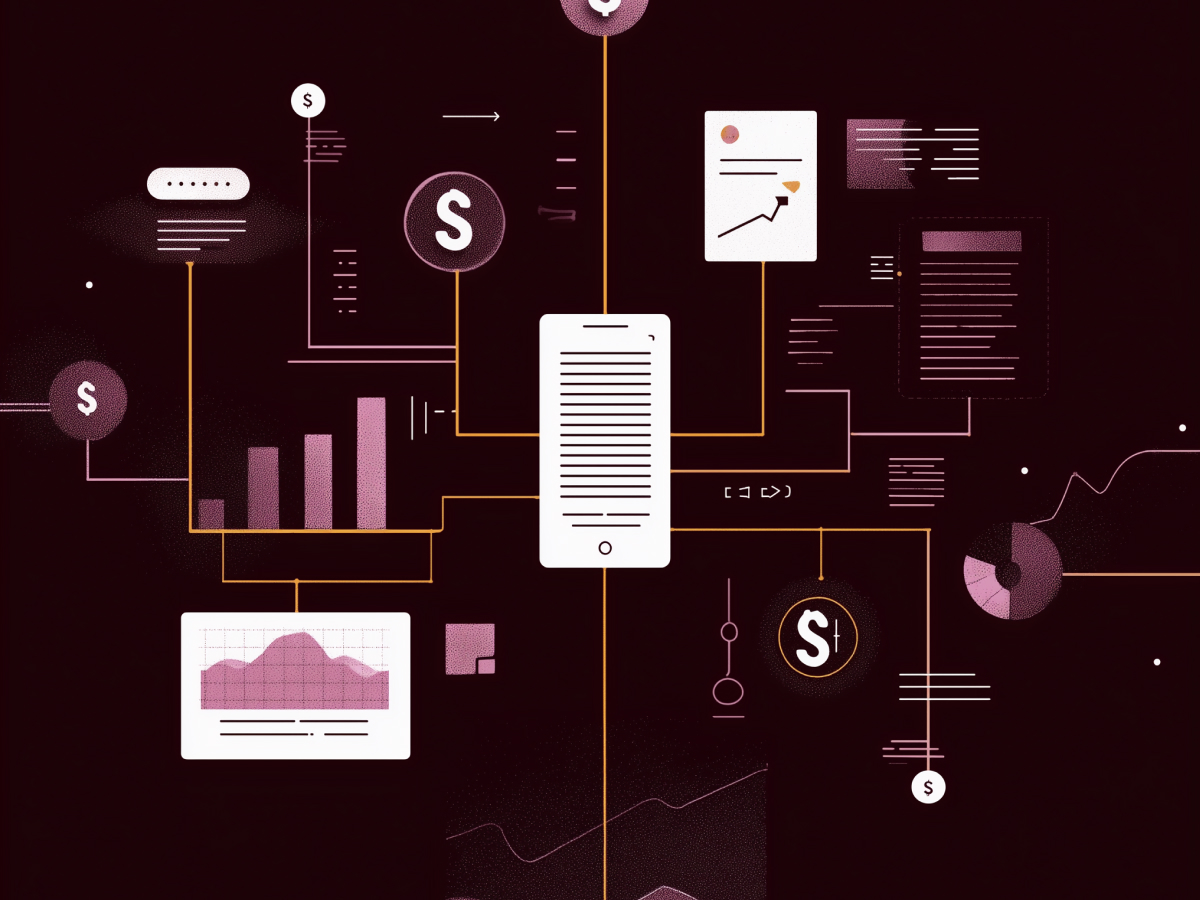The United States healthcare sector is on the brink of massive digital transformation as it moves into 2024 and beyond. We examines the trajectory of the healthcare industry, focusing on key components such as payers, health systems, healthcare services and technology (HST), and pharmacy services. We also explore the financial recovery of the sector, growth opportunities, segment-specific trends, and the role of technology in shaping the future of healthcare.
Financial health and transformation in healthcare
Easing of financial strains
In 2022, the US healthcare industry faced severe financial strains, exacerbated by labor shortages, inflationary pressures, and the persistent impacts of the COVID-19 pandemic. However, the healthcare sector is making strides towards recovery. Healthcare delivery organizations and payers have been at the forefront of transformation efforts, implementing innovative strategies to mitigate financial challenges. Despite these improvements, health system margins still linger below pre-pandemic levels.
Specific segments, such as skilled nursing and long-term care, continue to grapple with financial hurdles. These segments face unique challenges, including staffing shortages and changing reimbursement models. Addressing these issues remains critical to ensuring a more stable and equitable healthcare system.
Growth opportunities and challenges
One of the significant growth opportunities in the healthcare sector lies in managed care for dual-eligible individuals, those eligible for both Medicaid and Medicare. Payers are well-positioned to tap into this market, offering specialized plans to cater to the unique needs of dual-eligibles.
Healthcare delivery, on the other hand, is expected to improve its financial standing through a combination of strategic mergers and acquisitions (M&A), diversification of revenue sources, and the effective implementation of transformation initiatives. These efforts are crucial for health systems to not only recover but also thrive in the post-pandemic landscape.
Technology is a driving force behind healthcare’s evolution. Businesses in the healthcare services and technology sector are poised for substantial growth, particularly those that offer tangible, near-term improvements to their customers. In this context, pharmacy services, especially specialty pharmacy, are expected to see significant growth, driven by increased utilization, pricing changes, and the development of new therapies.
Segment-specific trends and predictions
Growth in healthcare profit pools
The healthcare industry’s profit pools are projected to experience a compound annual growth rate (CAGR) of 7% from 2022 to 2027. Notably, Medicare Advantage, outpatient care settings, HST software and platforms, and specialty pharmacies are expected to see high growth rates. In contrast, general acute care, post-acute care, and Medicaid are likely to experience slower growth.
Payer mix changes and value-based care
The composition of payers is undergoing significant changes. Medicare Advantage enrollment and the dual-eligible population are expected to grow, albeit at a slightly slower pace. On the commercial front, profit pools are projected to rebound, driven by economic recovery and renewed business confidence. However, Medicaid enrollment may experience a decline, potentially posing challenges for the vulnerable populations it serves.
Value-based care (VBC) models are gaining traction across the healthcare landscape. By 2027, an estimated 90 million lives are anticipated to be covered under VBC arrangements. This shift signals a fundamental transformation in how healthcare is delivered and reimbursed, emphasizing quality and outcomes over fee-for-service models.
Detailed analysis of healthcare segments
Payers – Government and commercial segments
Within the payer landscape, government segments are expected to outgrow their commercial counterparts by 2027. Medicare Advantage and managed care for dual-eligible individuals are key areas of growth, despite regulatory pressures. Commercial segments are showing signs of recovery, with a shift from fully insured to self-insured businesses on the horizon. This shift allows employers to have more control over their healthcare costs while providing employees with tailored healthcare benefits.
Health systems – EBITDA recovery and transformation
Health systems are gradually recovering from the financial pressures of recent years. A significant driver of this recovery is the projected 11% CAGR in EBITDA (Earnings Before Interest, Taxes, Depreciation, and Amortization) from 2023 to 2027. Transformation efforts, including enhanced operational efficiency and potential reimbursement rate increases, are pivotal in this regard. However, it’s worth noting that EBITDA margins in 2027 are still expected to be lower than those in 2019 unless healthcare organizations accelerate their transformation efforts significantly.
HST and pharmacy services – Growth and challenges
The healthcare services and technology (HST) sector is experiencing rapid growth, with software and platforms leading the way. These technologies are enhancing patient engagement, streamlining administrative processes, and enabling better clinical decision-making. As healthcare providers and payers continue to invest in digital solutions, the HST sector is poised for substantial expansion.
Pharmacy services, especially specialty pharmacies, are also on an upward trajectory. Increased utilization of specialty drugs, changes in drug pricing, and a robust pipeline of innovative therapies are driving growth in this segment. However, retail and mail-order pharmacies face margin pressures and the challenge of adapting to evolving market dynamics. Navigating these challenges while capitalizing on growth opportunities is paramount for long-term success in the pharmacy services sector.
Final thoughts: Adapting to challenges and opportunities
As the United States healthcare sector moves into 2024 and beyond, it does so with a mix of challenges and opportunities. Inflation, labor shortages, and the lingering impacts of the COVID-19 pandemic continue to test the resilience of the industry. However, accelerated improvement efforts, such as transformation initiatives, strategic M&A, and technology adoption, are expected to help the sector return to historical average profit margins in the coming years.
In this ever-evolving landscape, healthcare organizations, payers, and technology providers must remain agile and forward-thinking. Adapting to changes, seizing growth opportunities, and prioritizing value-based care models will be instrumental in shaping the future of healthcare in the United States, ensuring that it continues to meet the evolving needs of patients and the broader healthcare ecosystem.




